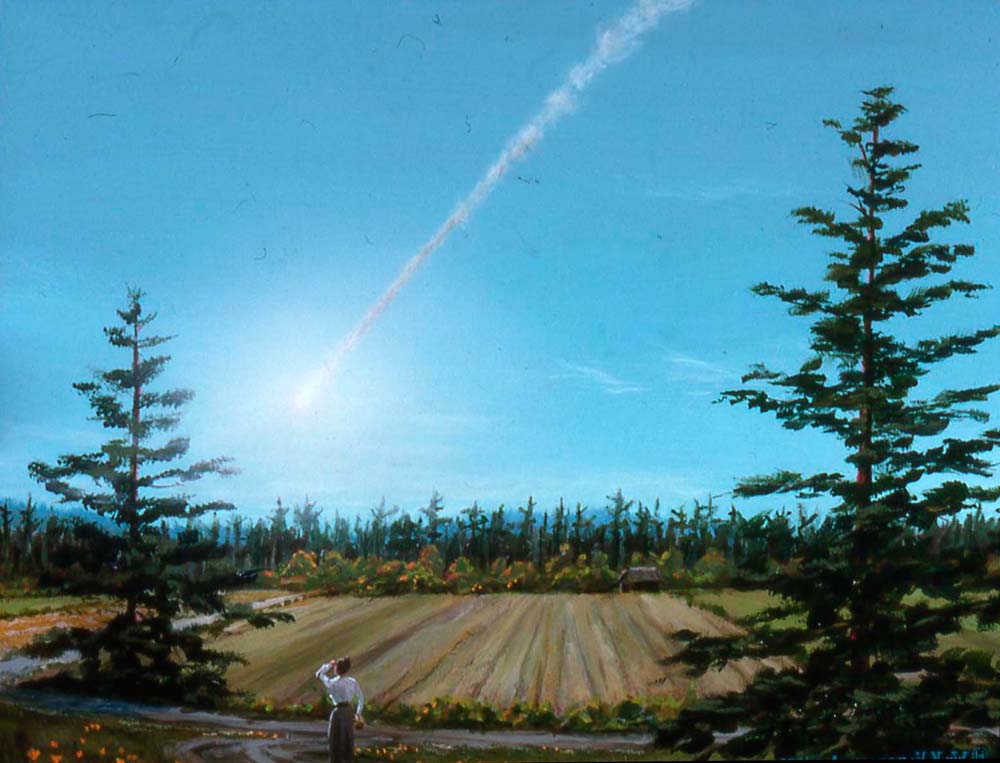
During the early morning hours on Tuesday, June 30, 1908, at around 7:17 A.M. local time, “something” entered the earth’s atmosphere near the Pacific coast of Asia, traveling northwestward. A few km above the surface of a largely uninhabited region of central Siberia, near the Stony Tunguska River some 90 km north-northwest of the village of Vanavara, this object exploded with a force that is presently estimated to have been approximately 10 to 30 megatons, and according to eyewitness accounts was as bright as, perhaps even brighter than, the sun.
The region over which this event occurred is very sparsely inhabited, the only people in the area at the time being nomadic reindeer herders. The camps of some of these herders were completely destroyed, with some of the herders themselves being sent airborne by the force of the blast, resulting in some serious injuries and apparently three fatalities. People 100 km away were knocked off their feet, and windows were blasted out of buildings. At Vanavara the sky was said to have “split apart,” and the sound of the explosion was heard 1000 km away.
Even far away from the event, its effects were felt. The force from the explosion created atmospheric pressure waves that circled the earth twice, and seismographs thousands of km away recorded waves from earthquakes – as powerful as 5.0 on the Richter scale – produced by the blast. Particles deposited in the atmosphere created light scattering so intense that on subsequent nights in eastern Europe newspapers could be read at night without the need of any lights, and astronomers around the world detected a significant decrease in the sky’s transparency.
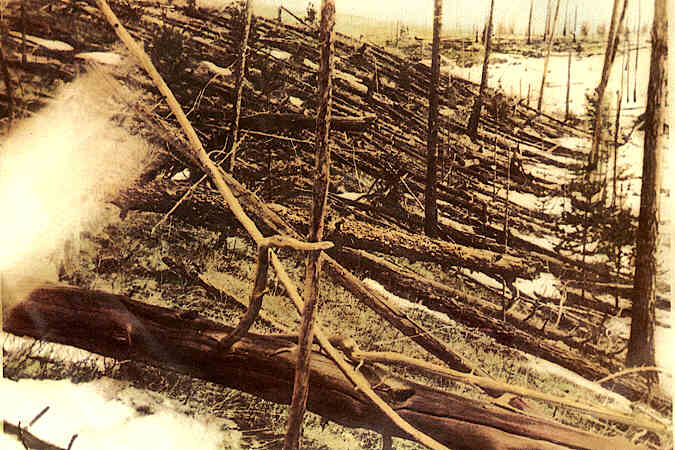
In part because of the region’s inaccessibility and inhospitableness – it is a mosquito-infested wilderness, with much of its being marshland – in part because of political events such as the Bolshevik Revolution, and in part because of local taboos concerning the event itself, it was almost two decades before any scientific expeditions to the site were conducted. The first such expedition was led in 1927 by Leonid Kulik from the Soviet Academy of Sciences. After an arduous overland journey, Kulik and his group reached the site in the late spring of that year and witnessed an incredible sight of devastation: over an area constituting approximately 2000 square km around the site trees has been uprooted and knocked to the ground, with their trunks pointing back toward “ground zero.” Forest fires resulting from the heat of the explosion had burned much of the surrounding vegetation.
This and three additional expeditions to the site over the next ten years were the only significant examinations of the area for some time, with World War II being a major contributing factor in the curtailing of this exploration. The next major expeditions weren’t conducted until the late 1950s, but thereafter the then-Soviet Union sent expeditions to the site on a fairly regular basis. Expeditions continue to be conducted to the site today, and it and the surrounding region has been designated a protected area, the Tunguska Nature Reserve. Much of the vegetation has since grown back, and the site is once again pretty much the dense Siberian wilderness that it was prior to 1908.
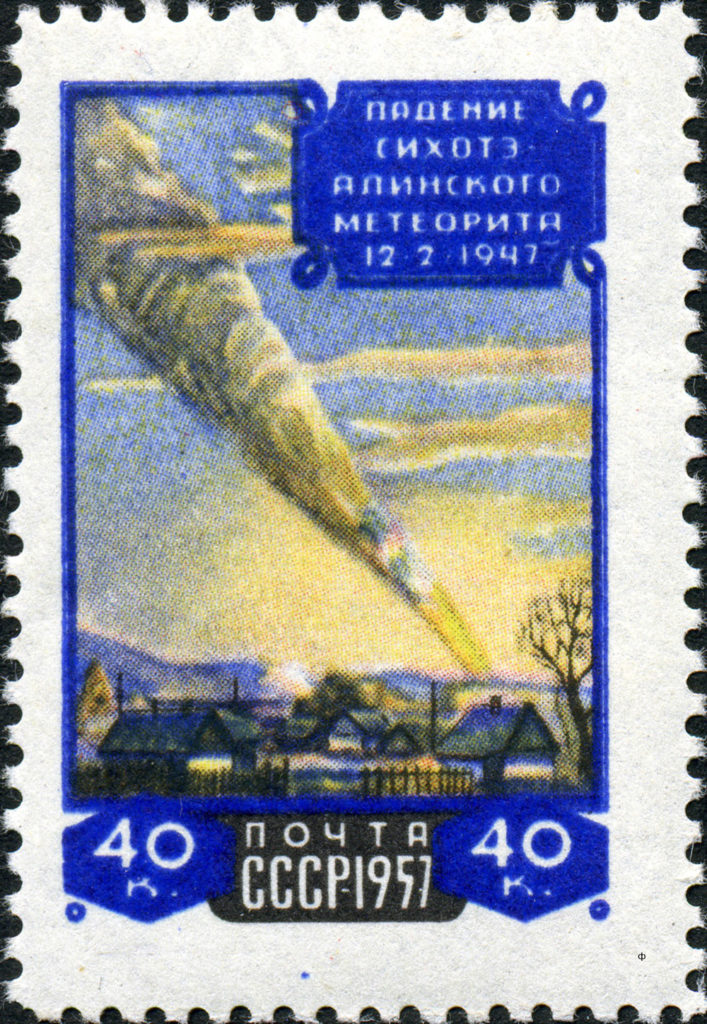
Much has been written about the “Tunguska Event,” as this event has come to be called, during the over a century that has elapsed since it took place, including a lot of speculation as to what caused it. Some of the explanations have bordered on the fanciful, but the majority consensus all along has been that it was caused by the impact of an object from space. Kulik himself believed this, although he was surprised by the lack of any impact crater at the site.
In 1930 a British astronomer, Francis Whipple – no apparent relation to American comet scientist Fred Whipple, of the “icy conglomerate” comet nucleus model – proposed that the Tunguska Event was caused by a small comet that entered Earth’s atmosphere and disintegrated. Then, in 1969 Russian scientist I.T. Zotkin proposed that the Tunguska Event was caused by an inert fragment of Comet 2P/Encke, an idea that was subsequently championed and expanded upon by Lubor Kresak in then-Czechoslovakia during the late 1970s – an idea reinforced by the fact that the impact date coincides with the peak of the daytime Beta Taurid meteor shower that is associated with that comet. During the early 1980s, however, astronomer Zdenek Sekanina pointed out that a comet would not have the internal strength to have survived passage through the atmosphere to that low a level, and proposed instead that the Tunguska Event was caused by a stony asteroid. More recent research, including by Jack Hills at the Los Alamos National Laboratory and Chris Chyba (then at the Goddard Space Flight Center in Maryland) have reinforced this idea, which has been further supported by examination of cosmic dust particles found in tree resins at the Tunguska site that are consistent with origin within a stony asteroid.
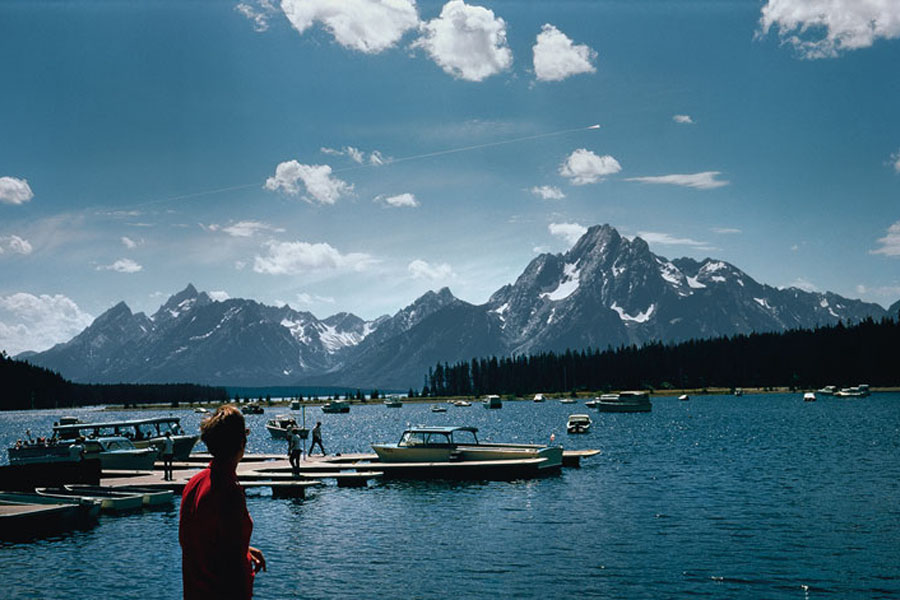
The current consensus is that the Tunguska Event was caused by a stony asteroid, 50 to 80 meters in diameter, that entered the atmosphere traveling at 15 km per second. The atmospheric shocks that it encountered as it made its plunge through the atmosphere soon overcame its internal strength, and it disintegrated in an airburst explosion some 10 to 14 km above the surface. The explosion released an energy equivalent to 10 to 30 megatons, with much of the blast force being focused downward toward the surface, in turn creating the devastation and other effects that were witnessed.
We know from the ongoing comprehensive sky survey programs that objects in the size range of the Tunguska impactor pass by Earth on a rather frequent basis. Estimates for the average frequency of impacts of Tunguska-size objects have ranged from once every few centuries to once every few millennia, with most recent estimates favoring the longer-time range of that timespan. At the same time, there are even larger numbers of smaller objects, and consequently, we might expect that these will impact Earth (or, at least, Earth’s atmosphere) with an even higher frequency. Since 1908 there have been at least two such events, and via an interesting coincidence both of these, as well as the Tunguska Event itself, have all taken place within present-day Russia.
The first of these took place at around 10:30 A.M. local time on February 12, 1947, when an object entered the atmosphere and exploded above the Sikhote-Alin Mountains in far southeastern Russia, some 440 km northeast of Vladivostok. According to eyewitness accounts the Sikhote-Alin object was brighter than the sun and approached from the north; the explosion created a deafening sound that was heard for hundreds of km and left a smoke tail in the atmosphere that persisted for several hours. Several meteorite fragments have been recovered from the Sikhote-Alin impactor which show that it was originally a metallic asteroid, with a pre-impact mass of approximately 23 tons.
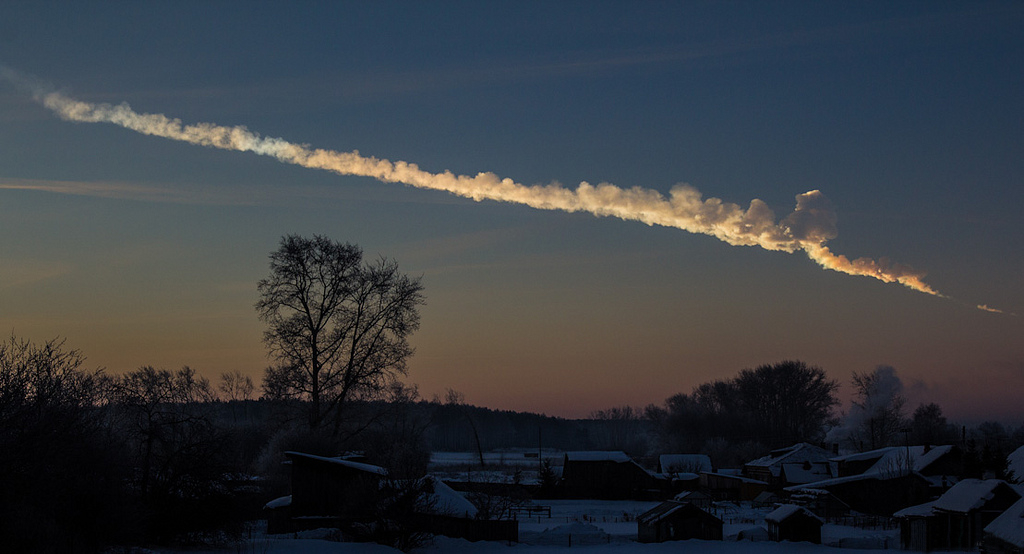
The largest impact event since Tunguska took place at 9:20 A.M. local time on February 15, 2013, over the city of Chelyabinsk in southwestern Russia. (By a most remarkable coincidence, the small asteroid (367943) Duende passed just 0.00028 AU from Earth – within the orbit of geosynchronous satellites, and the closest predicted approach of an asteroid to Earth to date – on that very same day, although the two events are completely unrelated.) The Chelyabinsk impactor exploded some 30 km above the surface and released 400 to 500 kilotons of energy, with the resulting blast wave damaging thousands of buildings and shattering windows throughout the city and thereby injuring hundreds of people in the area, although there were apparently no fatalities. Several meteorite fragments of the Chelyabinsk impactor have since been found, the largest of these being retrieved from the bottom of the nearby Lake Chebarkul and having a mass of 654 kg. Overall, the various data including information from the retrieved meteorite fragments indicates that the original object was a stony asteroid some 20 meters in diameter.
Other significant airburst explosions from incoming objects include one that took place over far western Brazil near the Curuca River on August 13, 1930, although this occurred over largely uninhabited wilderness and very little information has been ascertained about it. With the advent of the Space Age and the placement of detectors in space several other significant events have been detected that were not observed, or at best poorly observed, from the ground; these include an event that occurred near the Prince Edward Islands off the coast of South Africa on August 3, 1963; one that occurred some 300 km southeast of the South Pacific island of Kusaie on February 1, 1994, that was detected by several U.S. Defense Department satellites and also seen by two fishermen on the ground; and, more recently, one that took place over the southwestern Bering Sea off the east coast of Russia’s Kamchatka Peninsula on December 18, 2018.
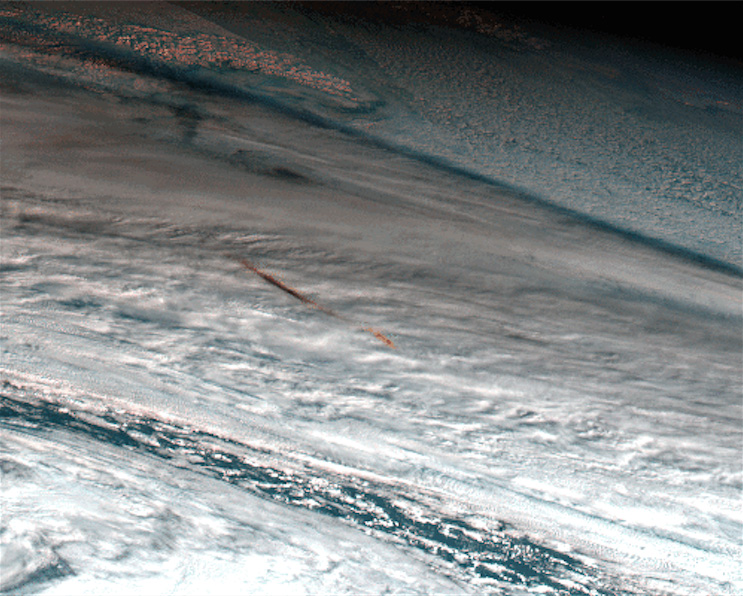
The primary rationale for the comprehensive survey programs is the detection of threatening objects before they hit Earth. In October 2008 Richard Kowalski with the Catalina Sky Survey in Arizona discovered a tiny asteroid, designated 2008 TC3, that less than 24 hours later entered Earth’s atmosphere above Sudan and exploded. Three more such events have occurred within the relatively recent past, and these are collectively discussed in more detail in a future “Special Topics” presentation.
A slight variation on this overall theme is provided by an object that entered the atmosphere above Utah in the southwestern U.S. on the early afternoon of August 10, 1972, and traveled almost directly northward for the next 100 seconds before disappearing over Alberta. The object was widely photographed from the ground and was also detected from space, and studies indicate that it entered the atmosphere at such a shallow angle that it reached a minimum distance of approximately 60 km above the surface in Montana and then returned back into space. Size estimates are problematical given the lack of available physical information, but most estimates place it in the range of 10 to 20 meters in diameter, roughly comparable to that of the Chelyabinsk impactor.
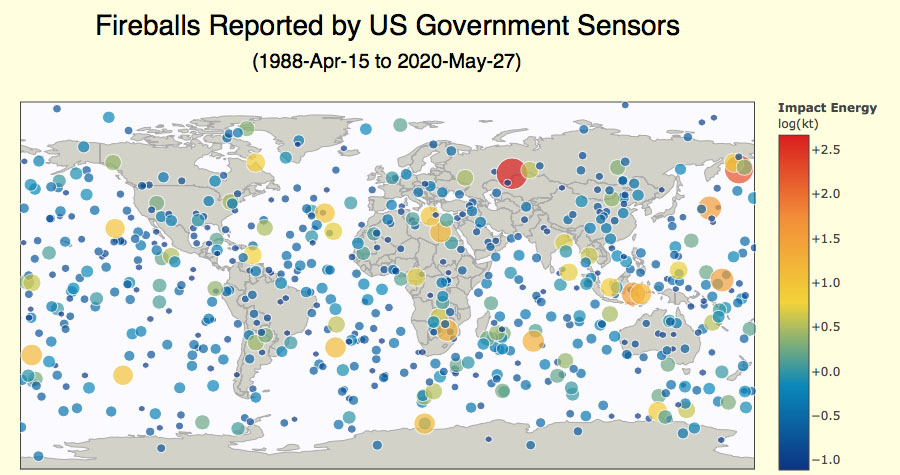
It has become apparent over the past couple of decades that the largest danger that humanity faces from space comes from objects in this size range. While the damage is not global, events like Tunguska and Chelyabinsk demonstrate that they can cause damage and casualties over a local to regional area. For example, had the Tunguska impactor entered Earth’s atmosphere some four hours later the airburst would have occurred over Moscow and, in the words of acclaimed science fiction writer Arthur C. Clarke, “changed the course of history.” It should also be kept in mind that these events occur with enough frequency such that the chances of one’s occurring within a person’s lifetime are non-negligible. Furthermore, these objects are small enough that they are difficult to detect until they are already in Earth’s vicinity, and thus there may be little if any lead time before an impact event occurs. The Chelyabinsk impactor approached Earth from the daytime side, and although there is no direct evidence one way or the other, the Tunguska impactor may have done so as well, so absent any survey telescopes placed interior to Earth’s orbit there was no way these objects could have been detected ahead of time to begin with.
Another danger arises from the fact that, at first glance, the effects of an airburst explosion from an impacting asteroid mimic those of the explosion of a nuclear device. Indeed, for a time the 1963 event off South Africa was believed to be due to the testing of a clandestine nuclear device by that nation until more detailed examination revealed it as having been due to the impact of a small stony asteroid. According to unconfirmed reports then-U.S. President Bill Clinton was woken up by his defense staff after the February 1994 Kusaie event. Meanwhile, if the 1972 object, instead of skipping back into space had instead actually impacted the western U.S., which was at that time locked in the Cold War with the then-Soviet Union, it might have at first been mistakenly attributed to a “first strike” nuclear attack and consequently could have triggered a retaliatory strike, with resulting effects that none of us like to think about. Fortunately, the world has retreated from that Cold War stance, and as one result the Chelyabinsk impact was in short order recognized as being what it was. Still, the danger from these objects is obvious, and it behooves us to remain vigilant.
More from Week 27:
This Week in History Comet of the Week Free PDF Download Glossary
Ice and Stone 2020 Home Page


